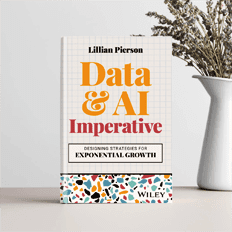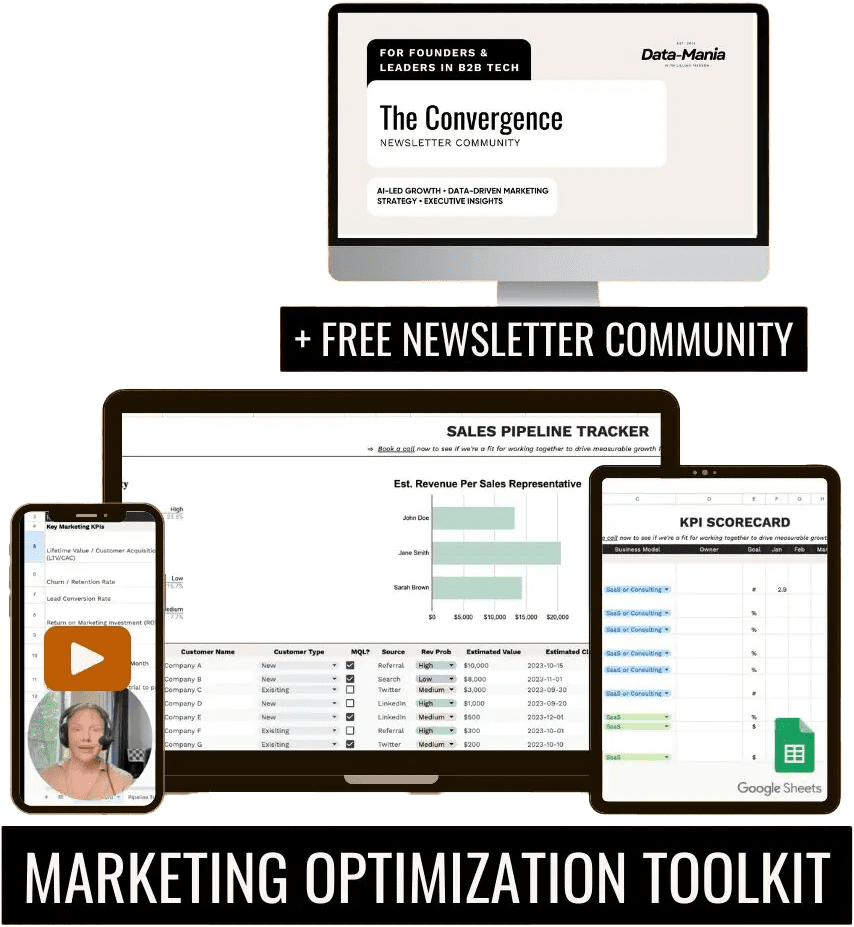Wow, wow, wow – have you been watching what’s happened with Airbnb since its 2008 inception?!? In six short, sweet years, Airbnb has gone from being a veritable no one, to being a $10 Billion global corporation. For heck sake, they brought in $250 Million in 2013 alone!
Airbnb is an online platform that facilitates rental transactions between property owners and travelers coming from afar. In just a few short years, Airbnb has risen to the ranks of other online giants, like Dropbox and Groupon.
How did these online companies get SO BIG, SO FAST?
In a day and age that “if you build it, they may or may not come”, how did these relatively young online companies get SO BIG, SO FAST? Well, almost every aspect of these companies success can be attributed to growth hacking and the data-driven decisions that were made at nearly every marketing juncture.
For example, back in December 2012, Airbnb deployed a unique, and uniquely successful, email marketing campaign. Although they’d had only mixed success with the extensive email marketing campaigns they’d deployed previously, this particular round of emails was different.
As part of a growth-savvy initiative to increase user referral rates and retentions, Airbnb sent each of their email subscribers an email tool that allowed them to send season’s greetings emails to any of their friends that also happened to be Airbnb email subscribers. Each email sent among Airbnb subscribers includeda link to an Airbnb promotion at the bottom of the page. When the company took a look at their metrics – namely their email open rates and the click-thru rates of users that went from the email to the Airbnb website – they found that email open rates had nearly doubled and that click-thru rates were nearly triple what they were in past email campaigns.
In today’s data-informed growth-driven world, if you’re not paying attention to what analytics are telling you, you simply don’t stand a chance at staying competitive. This is especially true in the information services and ecommerce industries. Gut feelings can be important, but to make rational decisions you simply must have data and you must know how to use it. Getting familiar with the following metrics is a good start towards learning what you need to know to keep your head above water in today’s digital age.
In today’s data-informed growth-driven world, if you’re not paying attention to what analytics are telling you, you simply don’t stand a chance at staying competitive.
The three most important metrics in the universe
In all honesty, its metric madness out there. There is a metric for everything. More data is being produced and captured per second than we could ever begin to utilize. So, what do we do about this? We Keep It Simple, Silly! You don’t need to know everything, you just need to focus on the metrics that really matter. Let’s start with some solid basics – KPIs, CACs, and LTVs.
The KPI: Key Performance Indicator
KPIs are really a type of metric you use to measure your business success. There are hundreds of potential KPIs. Much of your business success lies in choosing the best KPIs for your given industry, market, and growth stage. In the ecommerce industry, it’s vital to track your traffic and conversion rates, for instance. If you’re in the insurance industry, you may want to track average cost per claim and claim ratios as your KPIs. KPIs are industry specific.
The CAC: Customer Acquisition Cost
The Customer Acquisition Cost metric is crucial when you first start a company, because acquiring new customers depends heavily on how well you can get the word out, and getting the word out costs money.
Look at the CAC to distinguish marketing strategies that are most successful in helping you achieve the greatest number of new customers for the lowest cost.
The LTV: Life-Time Value
The LTV is simply the total amount each customer spends, across their entire customer life-time, for your goods and services. This metric becomes vital after initial customer acquisitions, because its really a measure of how long customers keep returning back to purchase your offerings instead of just jumping ship and purchasing elsewhere. Obviously, the best way to judge LTV is to compare it to CAC: If you spend more money obtaining a customer than that person will ever spend on your offerings, then clearly your business model is not sustainable.
Bringing these metrics into the real world – An ecommerce example
For the growth and continued success of any ecommerce venture, it’s crucial to know your customers. You must be able to measure these metrics as quickly, painlessly, and cheaply as possible. There are a number of standalone ecommerce analytics solutions available to help online businesses get up to speed in optimizing their growth and existing client base, but why make things more complicated than they need to be? A new trend among the most data-savvy ecommerce solution providers is to offer turnkey analytics solutions as part of every full-service package they provide.
To illustrate this, consider Shopify. With its standard analytics features, the Shopify platform exemplifies the best of data-driven ecommerce solutions. While Shopify offers the standard, all-inclusive ecommerce solution for online businesses, it also comes equipped with all of the analytics offerings you’ll need for your next round of growth and optimization planning. Shopify provides its customers with data-reporting on products, orders, taxes, traffic, and insight.
Insight data for website cart optimization will help you optimize your shopping cart in order to increase the revenues you generate from your active user base. The traffic data on website conversions is sliced-and-diced according to traffic source, user country, and user device. You can use this mashup of conversion insights to optimize your growth tactics that feed the acquisitions layer of your funnel – in other words, to ramp up and customize the tactics that are most effective at bringing new users to your site.
Shopify as an example
Lastly, you can use Shopify’s orders data to track total sales according to respective traffic sources and referrers. Tracking and analyzing data on these metrics will allow you to focus your growth strategies around high-performing referrers and traffic source streams. This data will help you decide what referrers and source streams to abandon due to under-performance
In growth its always important to follow the Pareto principle – Cut the lower 80% of your efforts (the ones that show stats indicating under-performance), and then take the efforts you were spending on those and invest them in trying new growth tactics and in building out the 20% of your efforts that have demonstrated highest performance.
The platform also offers an array of apps and an API to provide customers any sort of customized data reports they could want from their transactional record sets. Since the platform is so remarkably robust, it saves customers the time that would be otherwise spent in reconciling data from its many different sources. These new, advanced, more analytics-savvy ecommerce solutions, like Shopify, are all about doing the heavy lifting so that customers can focus on what matters most to them – growing their business.






